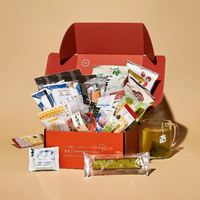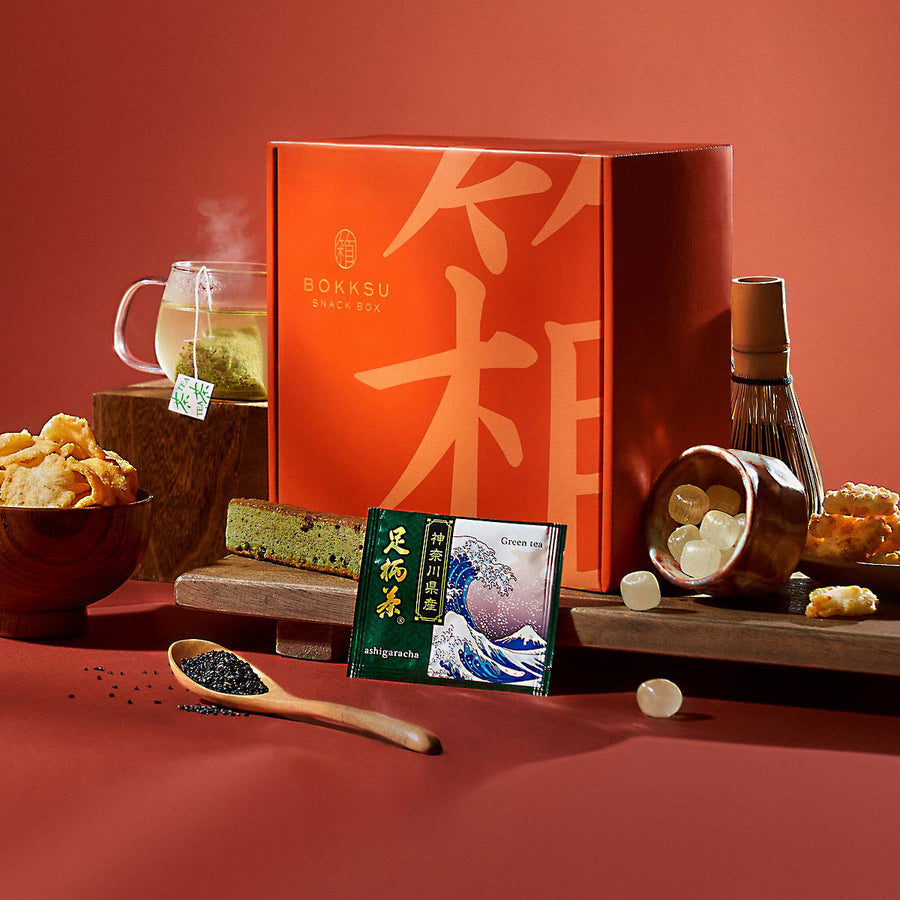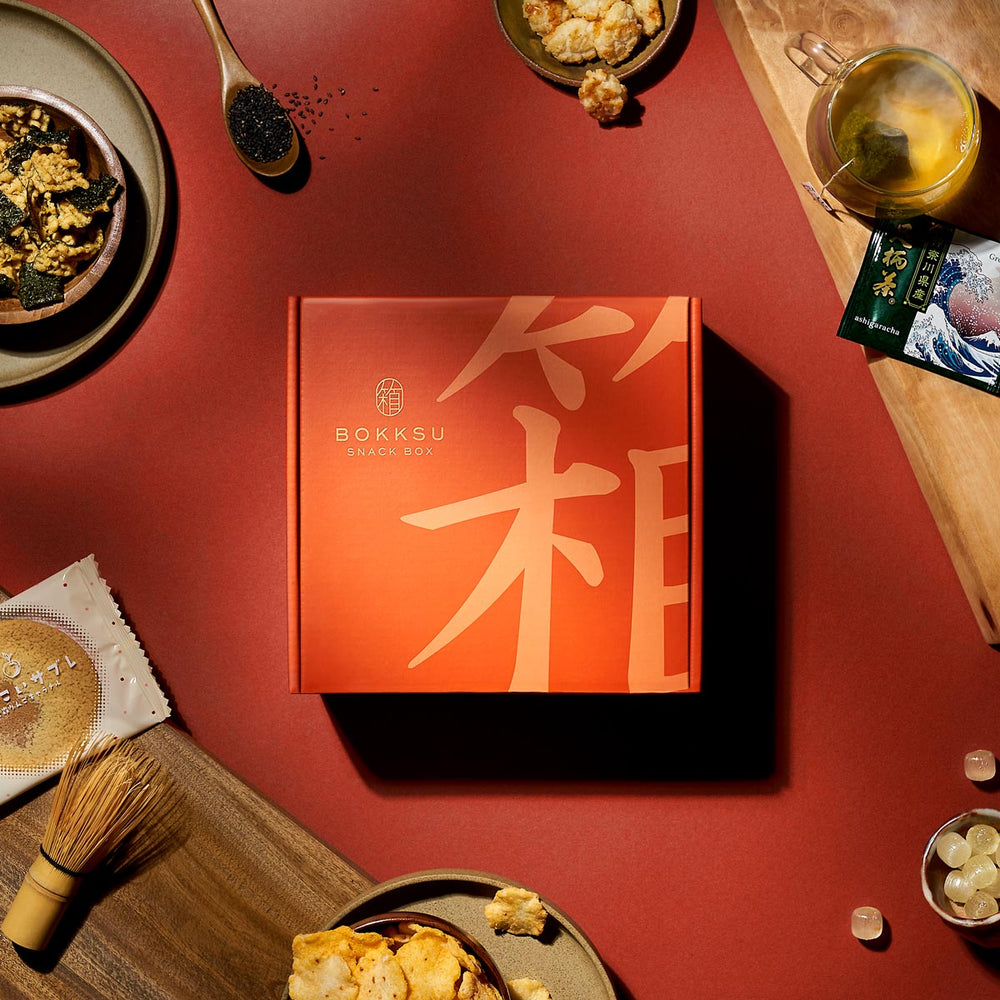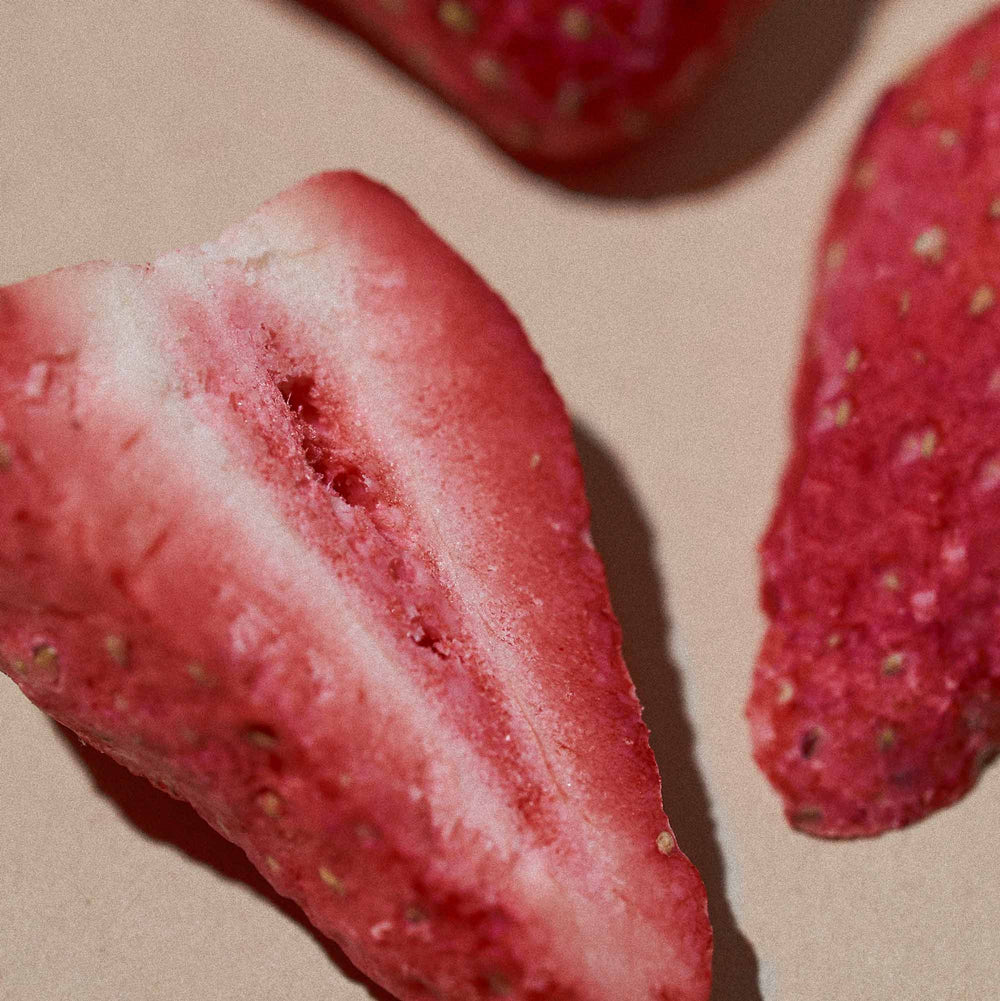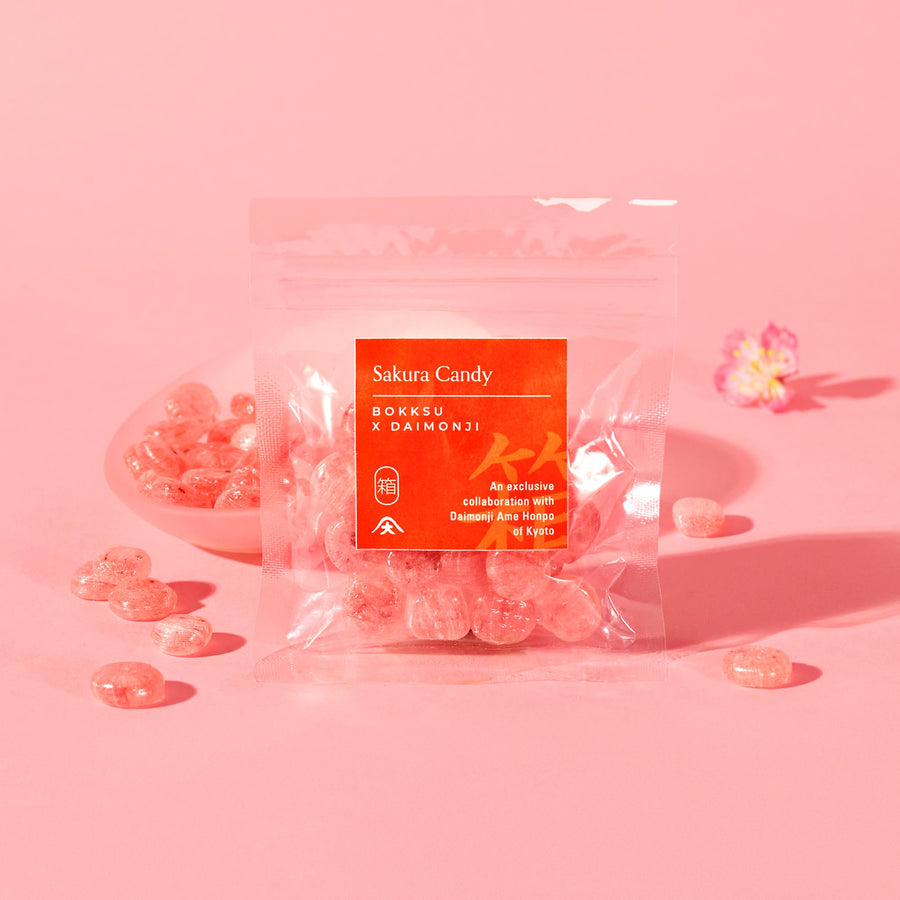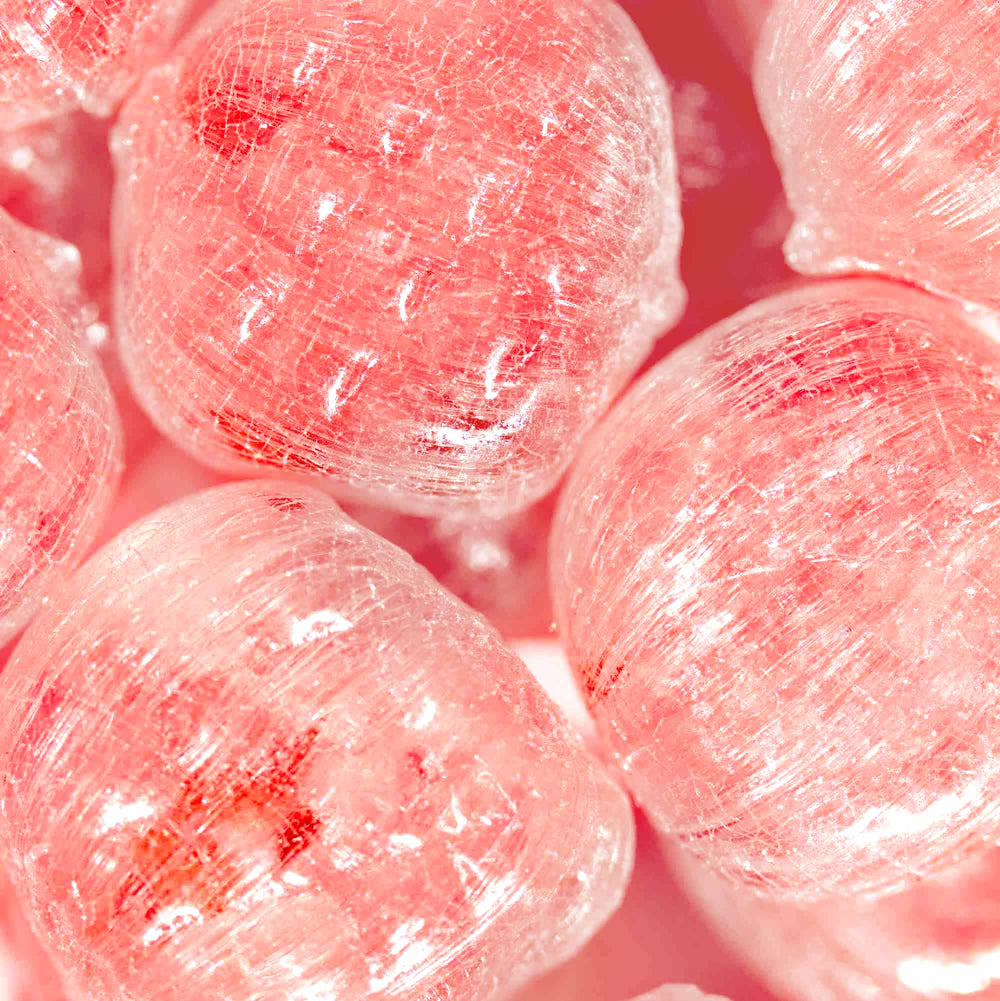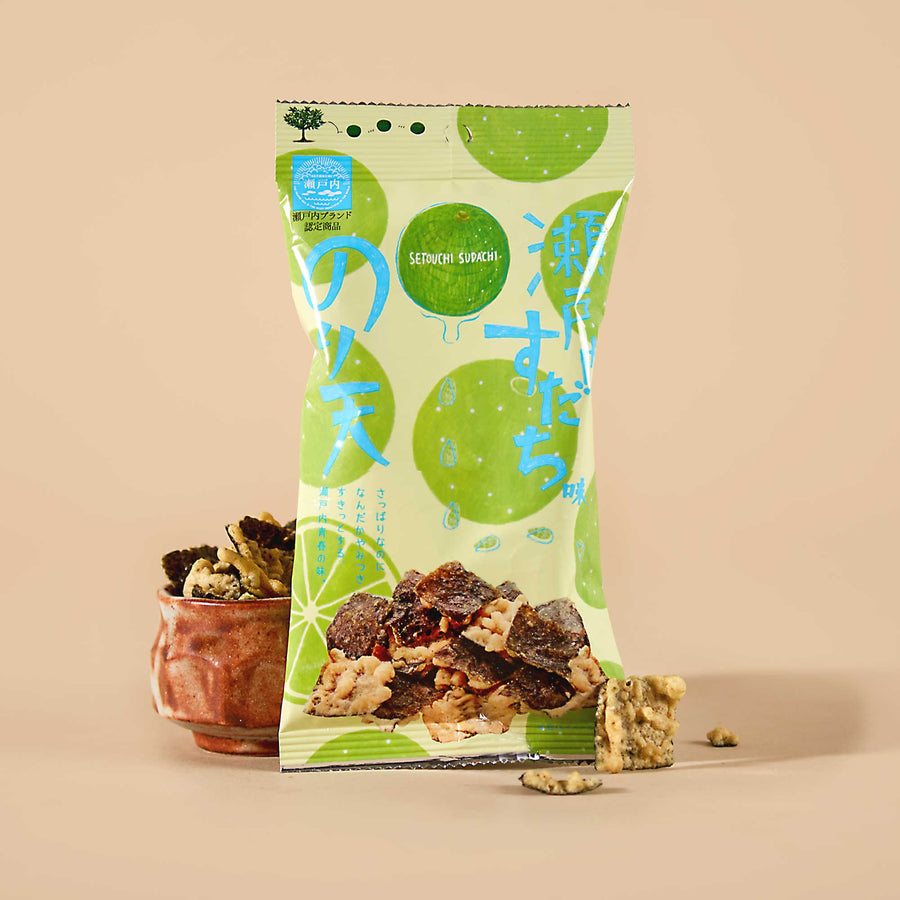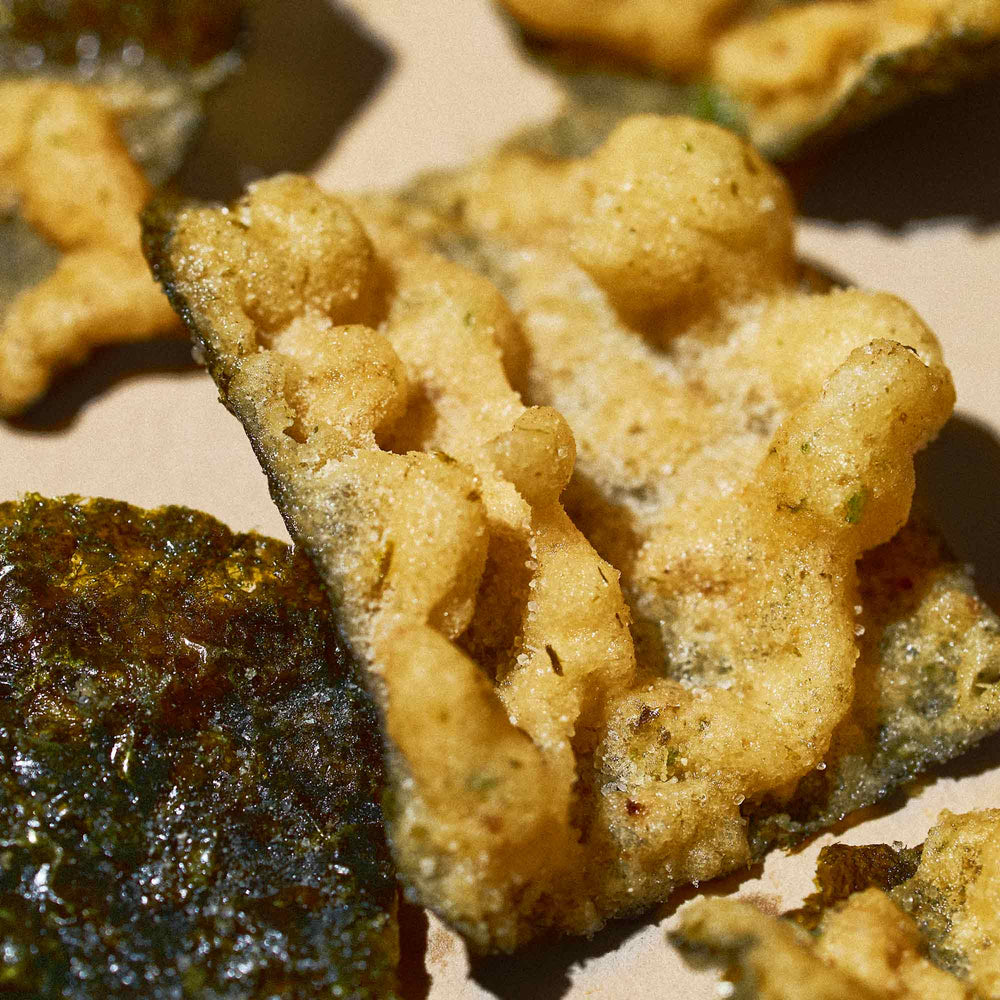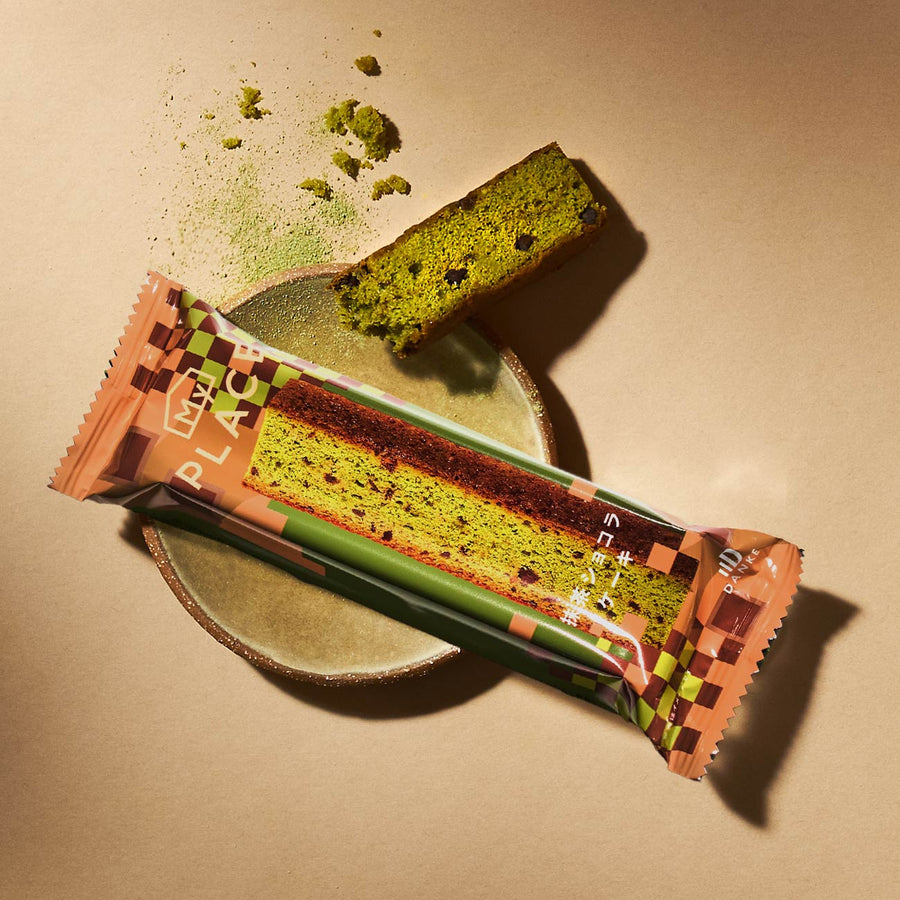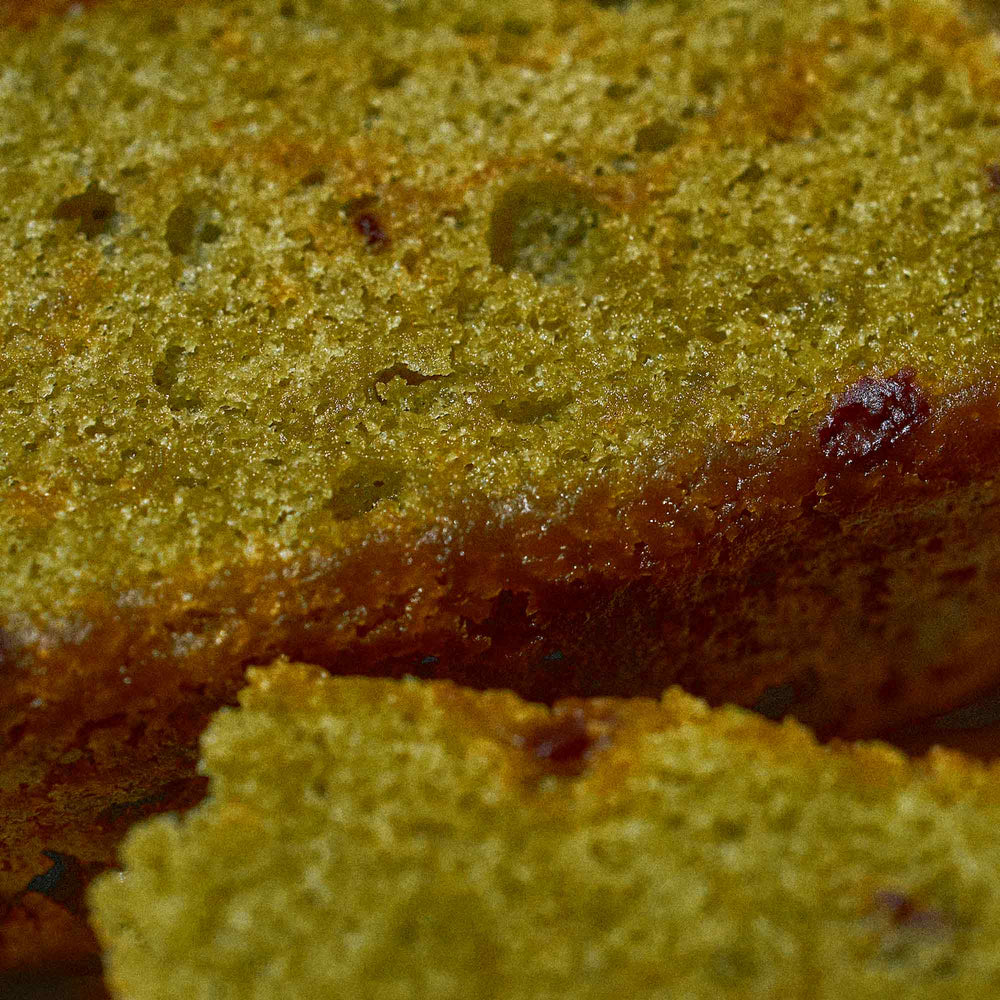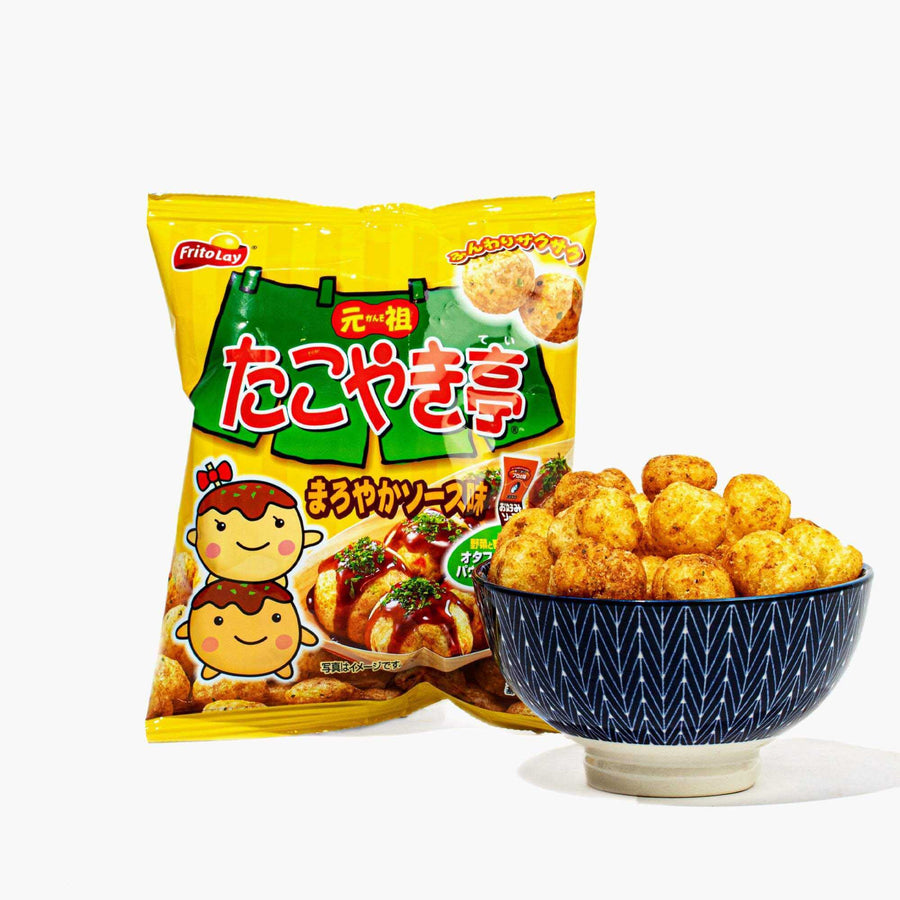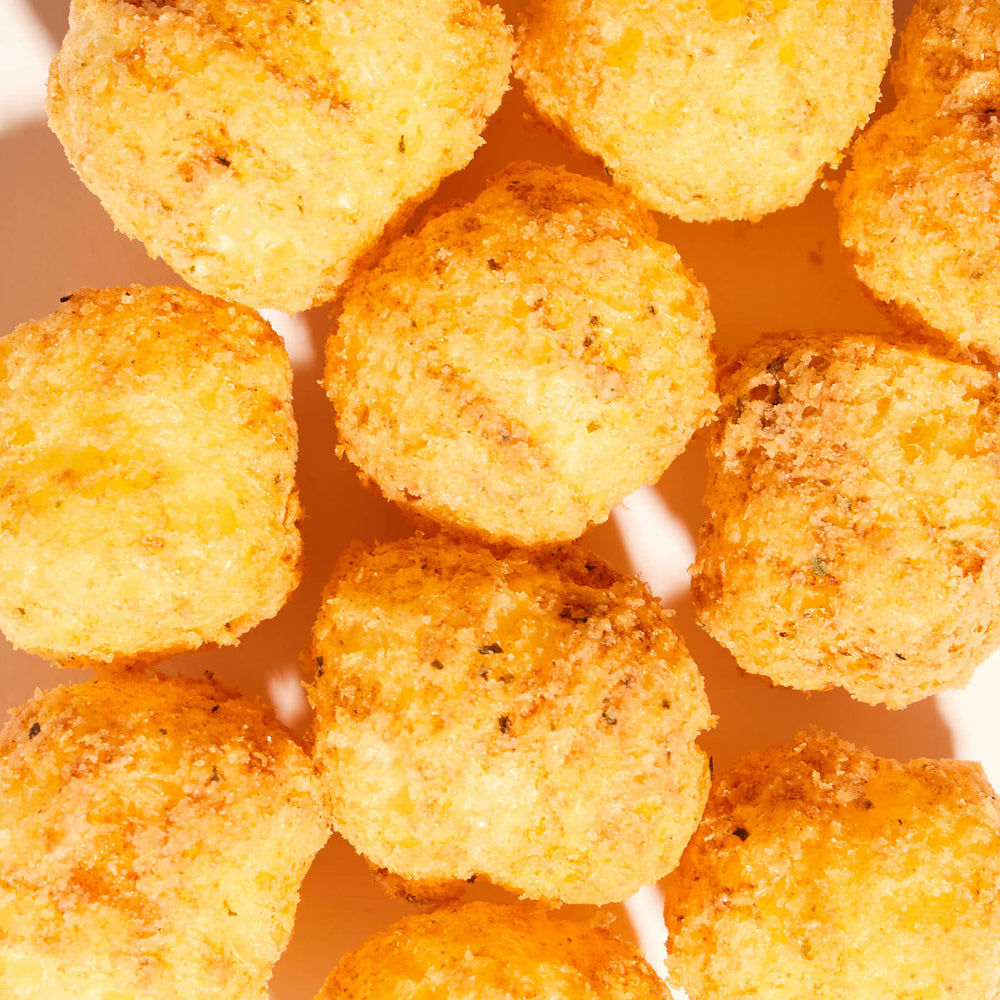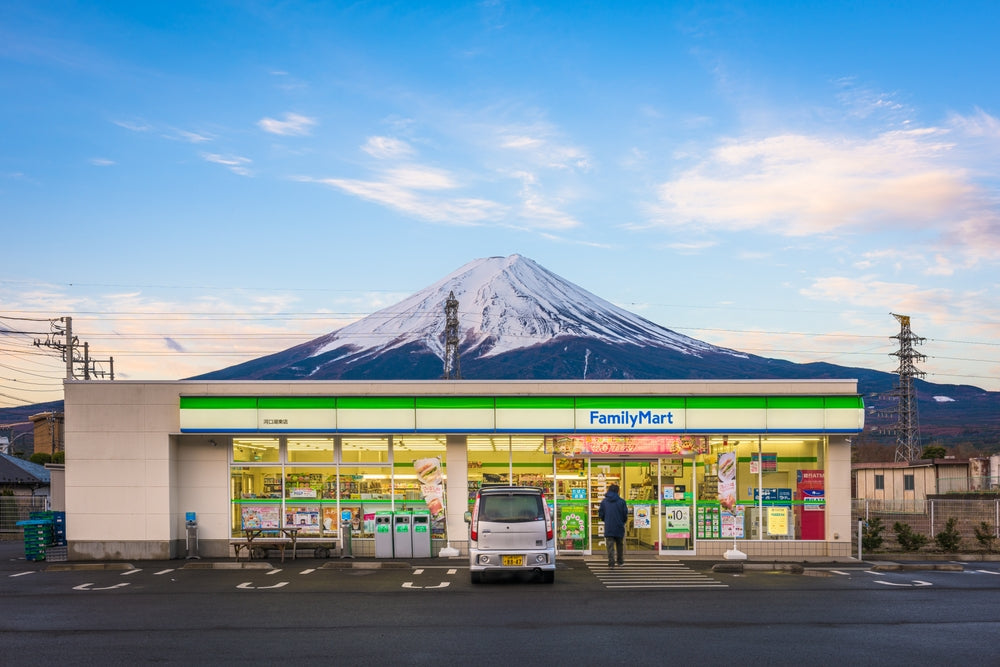Awaji Island: A Jewel of Natural Beauty and Cultural Richness in Hyogo
A land rich in cultural heritage and culinary delights, Awaji Island is one of Japan’s greatest treasures. Let’s discover what makes Awaji Island special and all of the exciting activities you can enjoy during your stay in this natural paradise.
Introduction:

Awaji Island is a captivating destination located in Hyogo Prefecture, Japan. It lies between two of the four main islands of Japan, Honshū and Shikoku, and is a part of the eastern region of the Seto Inland Sea.
Awaji has a deep connection to Japanese history. It is the first island that the gods created, according to Shinto mythology. Two kami, Izanagi and Izanami, began their creation of the eight ōyashima islands of Japan, with Awaji as the first. Today, they’re worshiped in the Izanagi Jingu Shrine on Awaji Island, one of the oldest shrines in the country.
The island’s stunning landscapes make it an ideal tourist destination. Thousands of people visit each year to take in its lush greenery and visit natural parks filled with beautiful flowers. The presence of captivating beaches and whirlpools adds to the natural appeal of the island. Awaji is also known for its ability to produce food ingredients, livestock, seafood, and vegetables.
You’ll never run out of things to do in Awaji, thanks to its vibrant cultural scene. Feel free to explore top attractions, like the Awaji Puppet Theater, Onion Festival, Akashi Kaikyo Bridge, and Awaji Yumebutai. Read on to learn more about these attractions and why they’re a must-visit.
Exploring Awaji Island: An Overview

Awaji is an island with an area of approximately 592.2 square kilometers, making it the 9th largest island in Japan. Only about 150,000 people live on Awaji, but the island sees hundreds of thousands of tourists every year. It’s located in the Seto Inland Sea, a body of water connecting the Sea of Japan to the Pacific Ocean. Awaji is the largest of all the Seto Inland Sea islands.
For centuries, Awaji has served as a means of connection between the islands of Honshū and Shikoku. The world's second-longest suspension bridge, Akashi Kaikyo Bridge, spans nearly 4,000 meters and connects Awaji to Kobe City and mainland Japan. If you happen to cross this bridge, take time to enjoy the scenic beauty of the sea and surrounding greenery. On special occasions, such as holidays, there will also be 1084 lights illuminating the bridge.
Awaji plays a significant role in the mythical story of Japan’s creation, the Kuniumi Story. The common belief is that Shinto god Izanagi-no-mikoto and goddess Izanami-no-mikoto stirred the ocean with Ame-no-nuboko, a heavenly jeweled spear. After pulling the spear from the ocean, saltwater dropped from its tip and created the first island in Japan. Today, Awaji has three municipalities: Awaji, Sumoto, and Minamiawaji. They’re all part of the modern Hyōgo Prefecture, and each one boasts its own set of attractions and natural wonders.
The Natural Wonders of Awaji Island

Awaji Island is home to all kinds of natural attractions. If you love to explore nature's finest wonders, below is a summarized tour guide to help you decide what to see in Awaji.
-
Naruto Whirlpools: Below the Onaruto Bridge in Minamiawaji lies one of the most striking phenomena in all of Japan, the Naruto Whirlpools. These are swirling rapids created by the natural forces of the Naruto Strait, which is located between Awaji and Tokushima. You can watch the turbulent waters from atop the bridge or hop on a sightseeing boat for a closer look if you’re feeling adventurous.
-
Sumoto’s beaches: Sumoto is located at the center of Awaji Island and is home to several beautiful beaches. The most popular of these coastal wonders is Ohama Beach. Visit to enjoy a spacious sandy coastline, crystal-clear blue waters, and tall pine trees.
-
Awaji Yumebutai: This is a famous complex in Awaji that perfectly blends natural elements with man-made architecture. It includes a resort hotel, international conference center, memorial, and art galleries. But what really stands out are the lush landscapes and gardens.
-
Awaji Highway Oasis: Hyogo Prefectural Awaji Island Park’s main rest and service area is called the Awaji Highway Oasis. There’s no better place to enjoy the breathtaking beauty of seasonal flowers and greenery. You can also see the Akashi Kaikyo Bridge on the horizon.
Cultural and Historical Sites on Awaji Island

The Awaji Puppet Theater happens to be one of the most unique and fascinating attractions in Awaji. It’s located in the Minamiawaji municipality and is deeply rooted in the island’s cultural history. The theater showcases an ancient form of puppet performance known as Awaji Ningyo Joruri, which was popular in the Edo Period (1603–1868). The Awaji Puppet Theater has managed to preserve the art form despite it nearly going extinct in the Meiji era (1868–1922) and during World War II. A visit to this site will reveal a great deal about the cultural heritage of the island.
Also, if you’re looking to learn more about Japan’s history, there are several places you can explore in this mythical birthplace of Japan. But your go-to stop should be the Izanagi Shrine. Located in Awaji, it’s home to the two kami that created the islands of Japan, according to folklore. Many believe it is the oldest shrine in the country and they go there to worship its enshrined deities. Also considered marriage deities, Izanagi and Izanami have a holy tree dedicated to them on the shrine grounds. Another place to explore the lore of the Kuniumi Story is Nushima, one of the legendary Onokorojima islands created by the kami. It’s a small piece of land filled with ancient ruins and rocks shaped into different forms.
Awaji Island’s Culinary Delights

Awaji Island’s nicknames are related to food. Some call it miketsukuni, which translates to “lands of royal provisions” in English. Others refer to the island as “the region of food.” In ancient times, Awaji was the main source of food ingredients for the Imperial Court. The vegetables, livestock, and seafood produced in the region were deemed fit for royal consumption.
Today, Awaji is still a reliable source of gourmet delights. Foods with “Awaji” attached to their names are generally considered to be of high quality. From sweet and tender Awaji onions and golden-colored potatoes to freshly caught seafood, there is no shortage of fresh delicacies in the island markets. According to the Awaji Island Tourist Association, local culinary specialties include Awaji beef, noodles, and raw whitebait. You can find these delicious meals at various dinners, restaurants, noodle shops, and food stalls on the island.
Awaji Hanasajiki: A Floral Paradise

Flowers play a huge role in the island’s scenic beauty. When it comes to stunning seasonal flowers, there’s no display as extensive as Awaji Hanasajiki Park. Hence, people come there regularly to watch them bloom or bask in the floral paradise. The breathtaking landscapes of the park are also ideal for photography and relaxation.
Covering 15-hectares of land, the flowers of Awaji Hanasajiki come in different colors and sizes. Some, like the field mustard, bloom in spring, while others, like the sunflower, bloom in summer. The park also contains hoary stock and cosmos flowers, which bloom in winter and autumn, respectively. Thanks to Awaji Hanasajiki’s 298-meter altitude observation deck, visitors can enjoy a panoramic view of the rest of the city. You can also spot Osaka Bay and the Akashi Kaikyo Bridge from the top.
Outdoor Activities and Adventures

The best parts of Awaji Island can be experienced out in the open. Feel free to visit any of the available parks. Below is a list of some of the very best on the island:
-
Awaji Farm Park England Hill: where you and the family can enjoy various outdoor activities, including horseback riding, swan boat cruises, and go-carts.
-
Awajishima Prefectural Park: home to the Nijigen no Mori amusement park, where you can find Japan’s largest Godzilla attraction and more. It’s pretty large and takes up a sizable chunk of the island’s western coast.
-
Akashi Kaikyo National Government Park: a place to see flowers, lakes, and animals.
-
Awaji Hanasajiki Park: one of the best parks for flower viewing in the country.
Many of the cultural, historic, and natural sites on the island make great cycling routes. You can rent a bike at Iwaya Port and cycle through landmarks like Yumebutai and Awaji Hanasajiki. Hiking trails around Mt. Yuzuruha also offers a way to make the most of the island’s diverse environments. Other places that offer good hikes are Oishi Park and Sumoto Castle.
Festivals and Events on Awaji Island

Spice up your stay on Awaji Island by attending key festivals and events. Below is a list of the most popular of these special occasions.
-
Awaji Island Festival (early August): A three-day festival consisting of a group of dance performances. There’s a display of fireworks on the last day.
-
Awaji Island Onion Festival (mid-April): A seasonal event created by Mos Burger, a Japanese fast food chain. The company celebrates the onion-harvesting season on the island by launching special proms and limited-time products.
-
Nanko Sunflower Festival (mid-to-late July): People all over Hyogo prefecture celebrate and enjoy sunflowers during their season. You’ll find lots of sunflower-themed treats in Awaji.
-
Undokai World Cup (late October): This is an annual sports tournament with over 50,000 participants. The event consists of 19 types of contests, including bubble soccer, three-legged races, and foot darts.
Awaji Island's Art and Architecture Highlights

The art and architecture found on Awaji Island have significantly contributed to the region’s appeal. Its biggest architectural wonder has to be the stunning designs of famous Japanese architect Tadao Ando at the Awaji Yumebutai. He is also responsible for designing Honpukuji Temple, also known as the Water Temple.
There are many more works of art and architectural wonders scattered across the island. Uzuno Oka Onaruto Bridge Memorial Hall is renowned for having installations and art projects that blend cultural memory with innovative design. Another significant project is the Hokudan Earthquake Memorial Park, which contains a museum dedicated to the Great Hanshin Earthquake of 1995. It was a devastating disaster that originated below Awaji Island, leading to the deaths of thousands of people.
Relaxation and Wellness: Onsen Resorts on Awaji Island

Once you’re done exploring, it’s time to sit back and relax. That’s where onsen resorts come in. These Japanese hot spring resorts offer visitors the chance to experience traditional relaxation and rejuvenation in natural settings. If you decide to stay in Sumoto, the best choice would be the onsen resort located in Awaji Yumesenkei. Its 33+ rooms contain state-of-the-art tatami-mat floors, bathroom amenities, and hotel appliances. You also get to enjoy top-tier food.
In Minamiawaji, Awaji Hamarikyu is one of the best resorts. It offers luxury spa services like saunas, swimming pools, and open-air baths. Kamenoi Hotel Awajishima offers a more budget friendly option in Awaji City.
Shopping and Local Crafts

Don’t leave Awaji Island empty-handed. There are more than enough places for you to shop for unique souvenirs. If you need souvenirs related to pop culture, you should go to the museums in theme parks. Hello Kitty Smile, Hello Kitty Apple House, and Nijigen no Mori are perfect examples of such parks. For general souvenirs, we can’t think of a better place than Awaji Highway Oasis. Although renowned for its gourmet food, the shops in the area sell locally crafted items to tourists and visitors.
Getting to and Around Awaji Island

You can easily travel between Awaji Island and major cities like Kobe and Osaka by using a boat service on the northern part of the island. Iwaya Port even offers a free shuttle bus service to get you into town. If you’d prefer to go by road, we recommend that you use bus transport. Most of these services connect to Kobe City (mostly via express bus between JR Kobe Station and Sumoto Bus Center), but you’ll find a few that can take you to Osaka, Tokushima, and Kansai International Airport (via limousine bus).
Getting around the island via public transport is slightly more difficult due to limited routes and high prices. You’re better off driving your own car or renting a bicycle. The island has lots of cyclist-friendly infrastructure to make riding around on a bike much more convenient.
Conclusion:

Awaji Island’s unique blend of natural beauty and cultural richness makes it a must-visit destination. If you’re looking for less-traveled paths in Japan, the island should be at the top of your list. You get to bask in nature’s wonders and experience Japan's mythological culture up close.
Find new ways to explore and share Japanese culture by shopping at Bokksu Boutique. We offer vast collections of gift items for every season and occasion. Check them out and find the perfect gifts for your loved ones.








